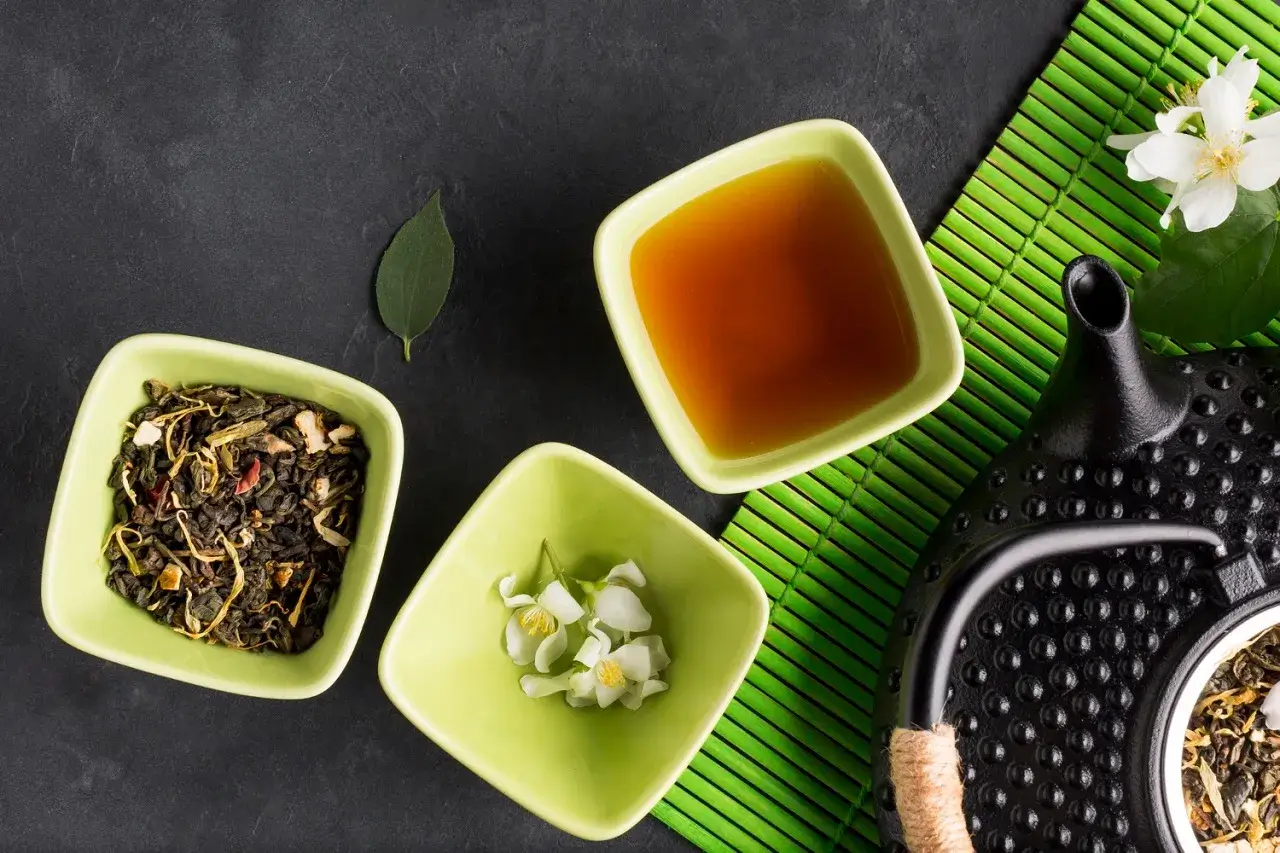genmai tea for Dummies
The rice is carefully roasted right up until it turns a loaded brown, releasing a nutty aroma and occasionally even pops. When the rice cools, it’s coupled with the tea leaves in an equal ratio, Despite the fact that this will vary with regards to the producer. This combination provides genmaicha its signature glimpse and taste.
Ingesting genmaicha will help meet up with your daily fluid intake demands while also offering a flavorful alternative to water.
The history of Genmaicha eco-friendly tea dates again to Japan's Edo time period (1603-1868) every time a Zen monk ingeniously added roasted brown rice to environmentally friendly tea to extend its shelf existence. This ground breaking recipe is handed down by generations, evolving with slight variants with time.
Genmaicha (玄米茶, 'brown rice tea') can be a Japanese brown rice green tea consisting of green tea mixed with roasted popped brown rice.[1] It is typically referred to colloquially as "popcorn tea" because a number of grains with the rice pop over the roasting course of action and resemble popcorn, or as "people today's tea", as the rice served as being a filler and diminished the price of the tea, rendering it historically more obtainable for poorer Japanese.
Genmai interprets to brown rice in Japanese; however, both equally white and brown rice are used for its creation. Genmaicha is described from the grain's toasting process (which browns the rice), rather then its exact parts. The consume has developed from its low-grade tea origins and now incorporates leaves of all types.
Why use white rice instead of brown rice? Seemingly, brown rice is not as fragrant when roasted and it gets Significantly darker than roasted white rice.
The flavor with the more mature tea leaves tends to pair very well With all the toasted rice. These additional earthy or wooden notes, operate perfectly With all the nutty flavors that originate from the rice. The leaves and rice work with each other to create the excellent tea referred to as genmaicha.

Put about a person substantial teaspoon of tea leaves in the empty teapot for every cup of tea. The teapot I am using comes along with an infuser, but when yours doesn’t, you are able to set the leaves right inside the pot.
In conclusion, genmaicha tea, with its special combination of inexperienced tea and toasted brown rice, provides a distinctly nice and comforting taste encounter. Its a lot of probable wellness Positive aspects and lower caffeine content than other environmentally friendly teas enable it to be a fantastic option for enthusiasts and novices.
The distinction amongst bancha and sencha lies during the timing of their harvest. Sencha, the most widely consumed eco-friendly tea with roasted rice in Japan, is picked through the initially or next flush, signifying the Preliminary tea harvests on the 12 months. Bancha, Conversely, hails from the later, third and fourth flushes.
The addition of brown rice not simply imparts a comforting nutty flavor but also contributes additional nutrients that could support anti-inflammatory procedures.
This antioxidant has proven a possible to suppress the growth of cancer cells, furnishing a protecting shield for Your whole body.
Far better insulin sensitivity can make it not as likely that someone will get style 2 diabetes and may help those who already have it.
Like regulating your thyroid isn’t ample, genmaicha also methods up its match by giving detoxifying Positive aspects. Eco-friendly tea, including the sencha in genmaicha, is naturally full of polyphenols. These compounds provide antioxidants, which aid your liver in detoxifying your body.genmai tea